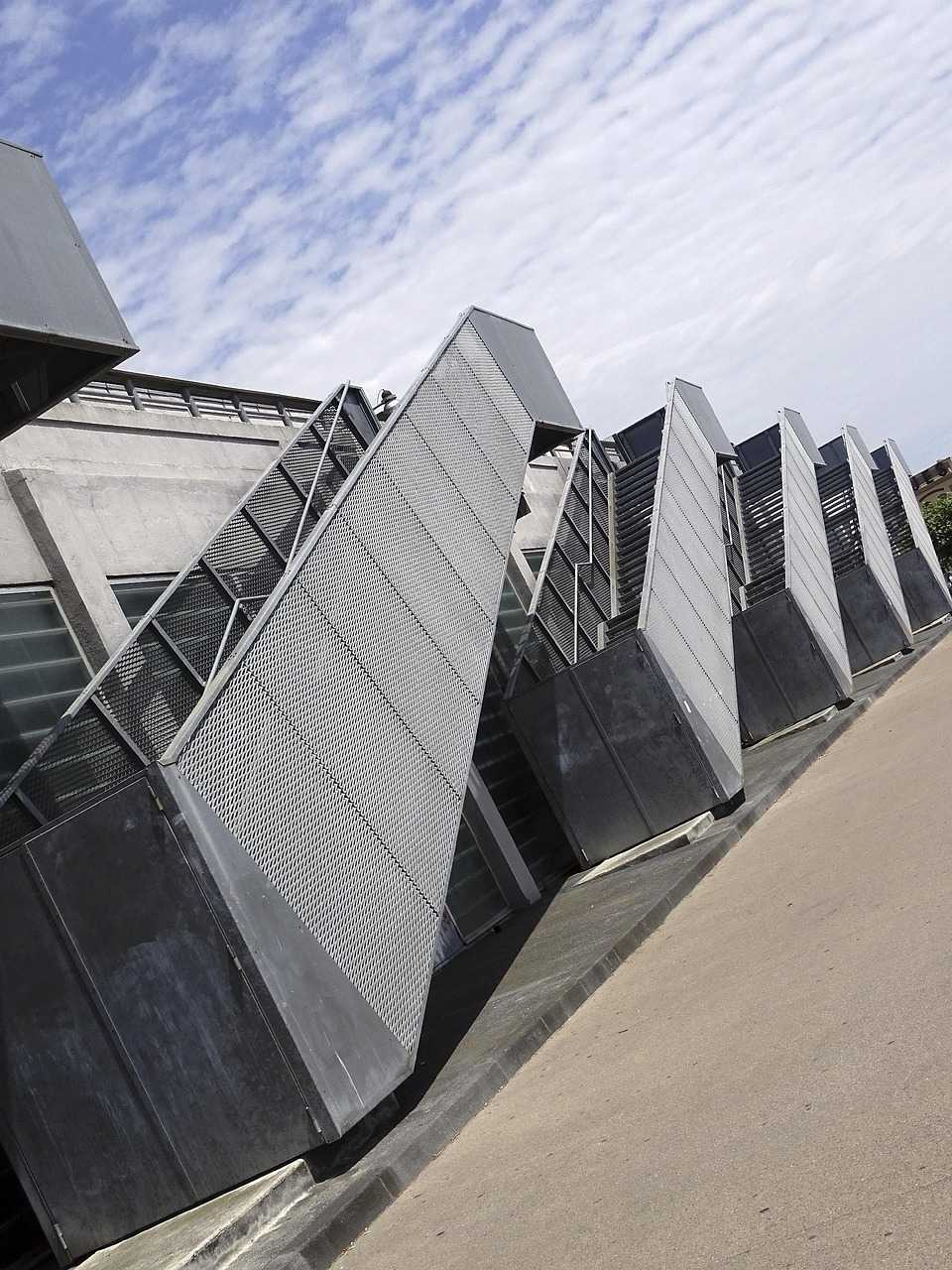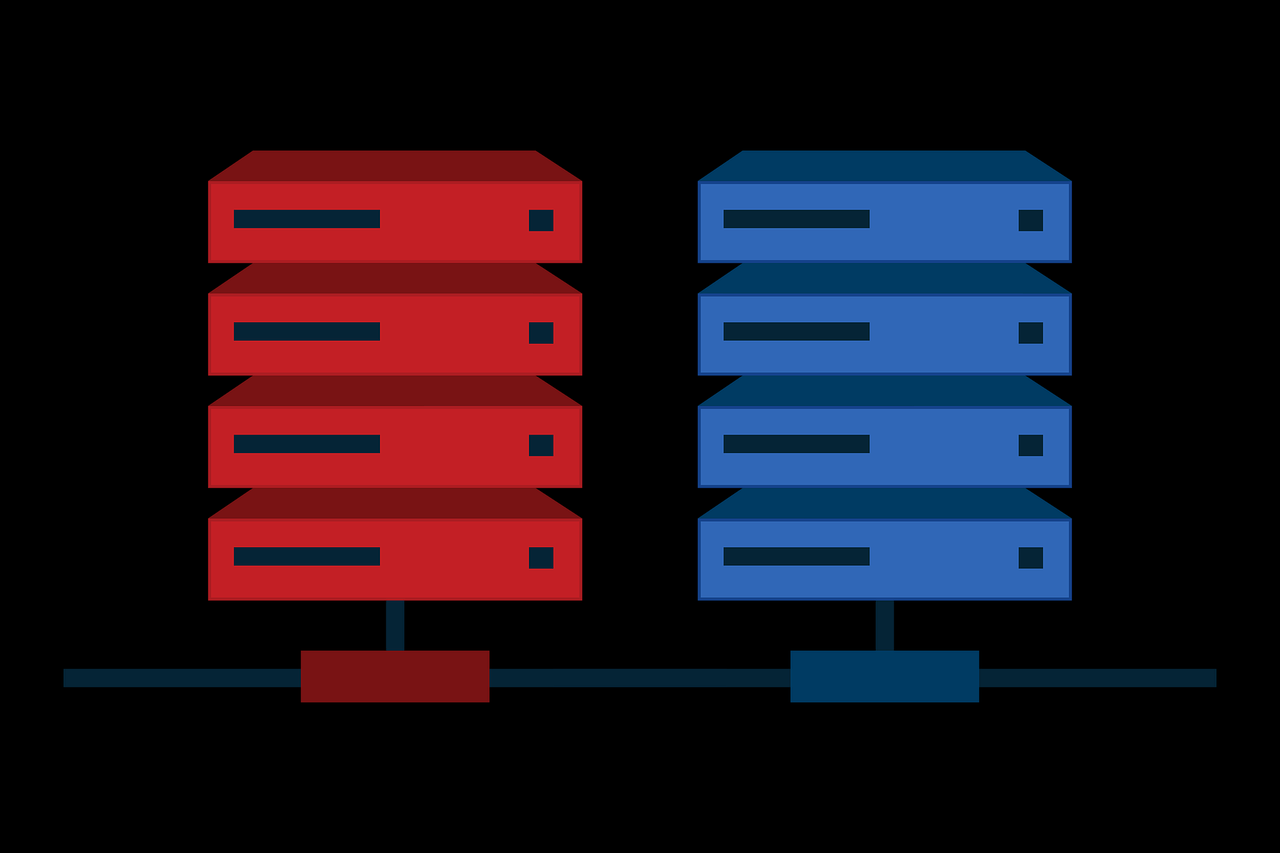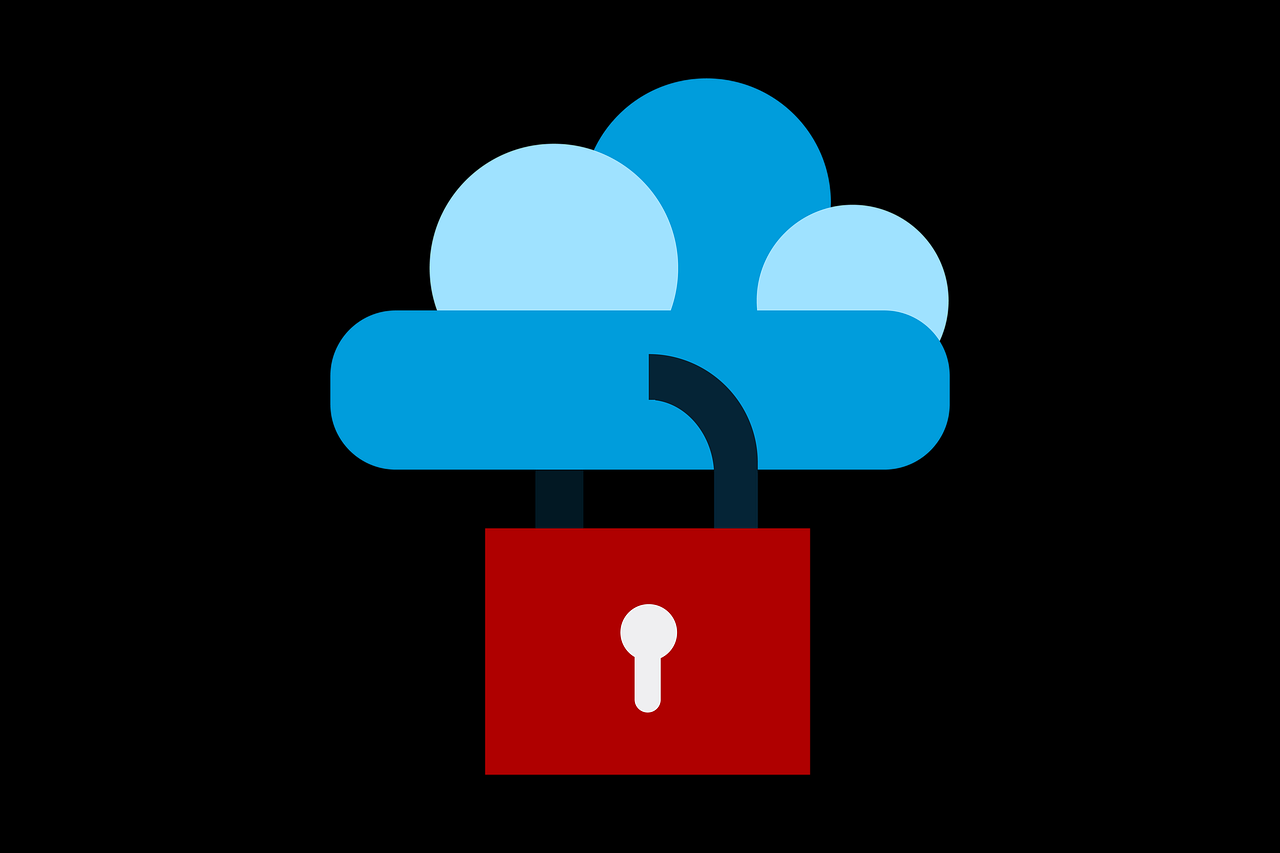Okay, let's talk servers. Seriously, choosing one sometimes feels like navigating a maze blindfolded, right? Especially when you start looking at options outside your home country. You hear terms thrown around, see wildly different prices, and honestly, sometimes you just freeze up, worried you'll pick the wrong thing and regret it later. Been there, done that, got the t-shirt (and the server downtime to prove it).
香港云服务器中心
So, when you're dipping your toes into the world of overseas servers, particularly for reaching audiences both inside and outside mainland China, Hong Kong often comes up as a prime location. Why? Well, from a technical standpoint, Hong Kong boasts a unique position. It generally offers lower latency connections back to mainland China compared to, say, servers in the US or Europe, while *also* providing unrestricted access to the global internet. This is often facilitated by sophisticated network routing, sometimes involving BGP (Border Gateway Protocol) for global reach and CN2 (ChinaNet Next Carrying Network) lines specifically optimized for traffic to and from mainland China. These network technologies are crucial for ensuring data travels quickly and reliably across different regions.
老实讲, the appeal is pretty clear for certain use cases. Think about folks running cross-border e-commerce stores needing smooth access for both international suppliers and mainland customers. Or maybe running global ad campaigns, or even developers collaborating on projects needing access to tools like GitHub without hiccups. Unlike servers physically located within mainland China, which operate under specific internet regulations restricting access to many international sites and services, Hong Kong servers typically don't have these limitations. It’s a significant difference, and frankly, a lifesaver for many businesses and individuals.
I remember one project I was working on... gosh, it was frustrating. We needed to pull data from several international APIs constantly. My initial setup was on a server that, let's just say, wasn't exactly built for speed or international access. It was cheap, sure, but the connection kept dropping, timeouts were constant... it felt like trying to sip water through a straw full of holes. I almost threw my keyboard across the room a couple of times. Originally, I thought I could just muscle through it, save a few bucks. But nope, the time wasted troubleshooting completely negated any savings. It was a classic case of being penny-wise and pound-foolish, as my grandma would say.

That whole experience was a bit of a wake-up call. It forced me to actually *learn* about what makes a server suitable for international tasks. It wasn't just about CPU cores and RAM anymore. Network quality, peering agreements, the *actual physical location* and the provider's infrastructure suddenly became way more important. It was a bit overwhelming at first, I won't lie. Then, I stumbled upon discussions comparing different providers specifically for Hong Kong routes. It's interesting how certain names pop up when you look for that balance of affordability and reliability. For instance, I saw mentions of providers like 蓝梯子 (LanTiZi), noted for being pretty budget-friendly while offering stable overseas options. They seem to have data centers in various spots – Hong Kong, US, Japan, Korea, etc. – and often highlight using those BGP and CN2 lines. Some users mentioned getting basic Hong Kong setups, like maybe 2-core, 2GB RAM with 5Mbps bandwidth, for around 25-35 yuan a month during promotions, which, let's be honest, sounds quite competitive if the stability holds up. It shows there are options out there specifically targeting this need for affordable, globally connected servers.
But here’s the thing, right? Even with a theoretically great location like Hong Kong, you can still run into trouble. Sometimes you might find your server access slow. Why? Could be a bunch of reasons. Maybe the provider's underlying hardware isn't great (you get what you pay for sometimes, unfortunately). Or perhaps your server is getting hammered by unwanted traffic, like a DDoS attack, clogging up the pipes. And, let's be real, sometimes *we* are the problem – maybe we picked a server plan that's just too small for the job we're asking it to do. I've definitely underestimated my needs before and wondered why things felt sluggish, only to realize I was hitting resource limits. Oops.
So, if you're looking for a server, especially one in Hong Kong or overseas, what's the game plan? Honestly, my best advice is: don't just chase the lowest price tag. Think *really* hard about what you need.
Who are you trying to reach? Mainly mainland China? Global audience? Both? This affects which location and network lines are best.
What are you running? A simple blog needs way less power than a busy e-commerce site or a game server. Be realistic about resources.

What's your budget? Yeah, it matters, but balance it against reliability. Downtime costs money too!
How tech-savvy are you? Do you need managed support, or are you comfortable setting everything up yourself?
Instead of just signing up for a year because it's cheap, maybe try a provider for a month first? Test the speed, see how stable it is, poke around their control panel. Read reviews, sure, but maybe look for feedback on forums or communities related to what *you* do. It's less about finding the "perfect" server and more about finding the server provider that's the right *fit* for your specific situation. Good luck hunting – hopefully, you can avoid some of the headaches I gave myself!







